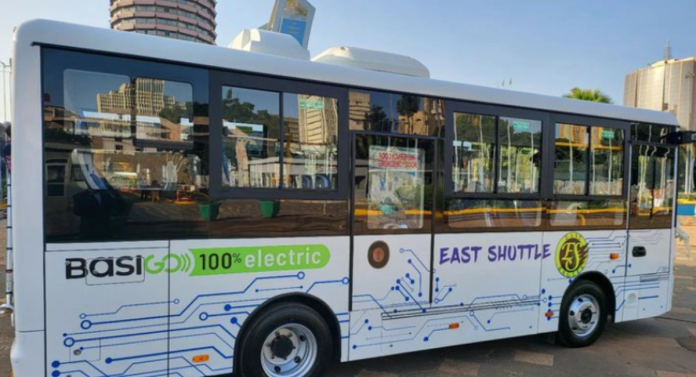
The e-mobility market is experiencing significant growth worldwide, and East Africa is no exception. With increasing concerns about climate change, air pollution, and the need for sustainable transportation options, the demand for electric vehicles (EVs) and e-mobility solutions is on the rise. In this article, we will explore the e-mobility market in East Africa and the opportunities it presents for sustainable transportation.
East Africa, comprising countries such as Kenya, Tanzania, Uganda, Rwanda, and Ethiopia, has witnessed a surge in the adoption of e-mobility solutions in recent years. One of the main drivers of this growth is the region’s commitment to clean and sustainable transportation. Governments in East Africa are actively promoting the use of EVs by implementing supportive policies, incentives, and infrastructure development.
One of the key factors contributing to the growth of the e-mobility market in East Africa is the decreasing cost of EVs. As technology advances and economies of scale are realized, the price of EVs is becoming more affordable, making them an attractive option for consumers and businesses alike. Additionally, the lower operational and maintenance costs of EVs compared to conventional vehicles make them a financially viable choice in the long run.
Another factor driving the e-mobility market in East Africa is the region’s abundant renewable energy resources. East Africa has vast potential for solar, wind, and geothermal energy generation, making it conducive for the development of charging infrastructure powered by clean energy sources. The integration of renewable energy with e-mobility not only reduces greenhouse gas emissions but also enhances energy independence and resilience.
In recent years, various stakeholders, including governments, private companies, and non-profit organizations, have been collaborating to establish a robust charging infrastructure network in East Africa. This includes setting up charging stations along major highways, in urban centers, and at key destinations such as shopping malls and hotels. The expansion of the charging infrastructure is vital for addressing range anxiety and providing reassurance to EV owners.
Furthermore, the e-mobility market in East Africa is not limited to passenger vehicles alone. There is also a growing demand for e-mobility solutions in the public transportation sector. Electric buses and motorcycles are being introduced as sustainable alternatives to traditional fuel-powered vehicles, reducing emissions and improving air quality in congested urban areas. Governments and transportation authorities are increasingly recognizing the potential of e-mobility in transforming public transportation and are actively exploring opportunities to electrify their fleets.
The growth of the e-mobility market in East Africa presents numerous opportunities for local industries and entrepreneurs. The establishment of manufacturing facilities for EV components, such as batteries and charging equipment, can drive economic growth and create employment opportunities. Additionally, the development of local expertise in EV maintenance, repair, and servicing can foster a skilled workforce to support the growing e-mobility sector.
However, challenges remain in the widespread adoption of e-mobility in East Africa. One significant hurdle is the initial high cost of EVs, which can pose a barrier for many potential buyers. Addressing this challenge requires continued efforts to provide financial incentives, subsidies, and favorable financing options to make EVs more accessible and affordable.
Another challenge is the need for comprehensive regulations and standards that govern the e-mobility sector. Clear guidelines for vehicle imports, charging infrastructure installation, and safety measures are essential to ensure a smooth and orderly transition to e-mobility.
In conclusion, the e-mobility market in East Africa is experiencing significant growth, driven by supportive policies, decreasing EV costs, abundant renewable energy resources, and the need for sustainable transportation. With the expansion of charging infrastructure and the electrification of public transportation, East Africa is well-positioned to capitalize on the benefits of e-mobility, including reduced emissions, improved air quality, and economic opportunities. As the region continues to embrace e-mobility, collaborations between governments, private companies, and local stakeholders will be crucial for a successful and sustainable transition towards a cleaner transportation future in East Africa.


